8 Wonders of the Solar System | Astronomy
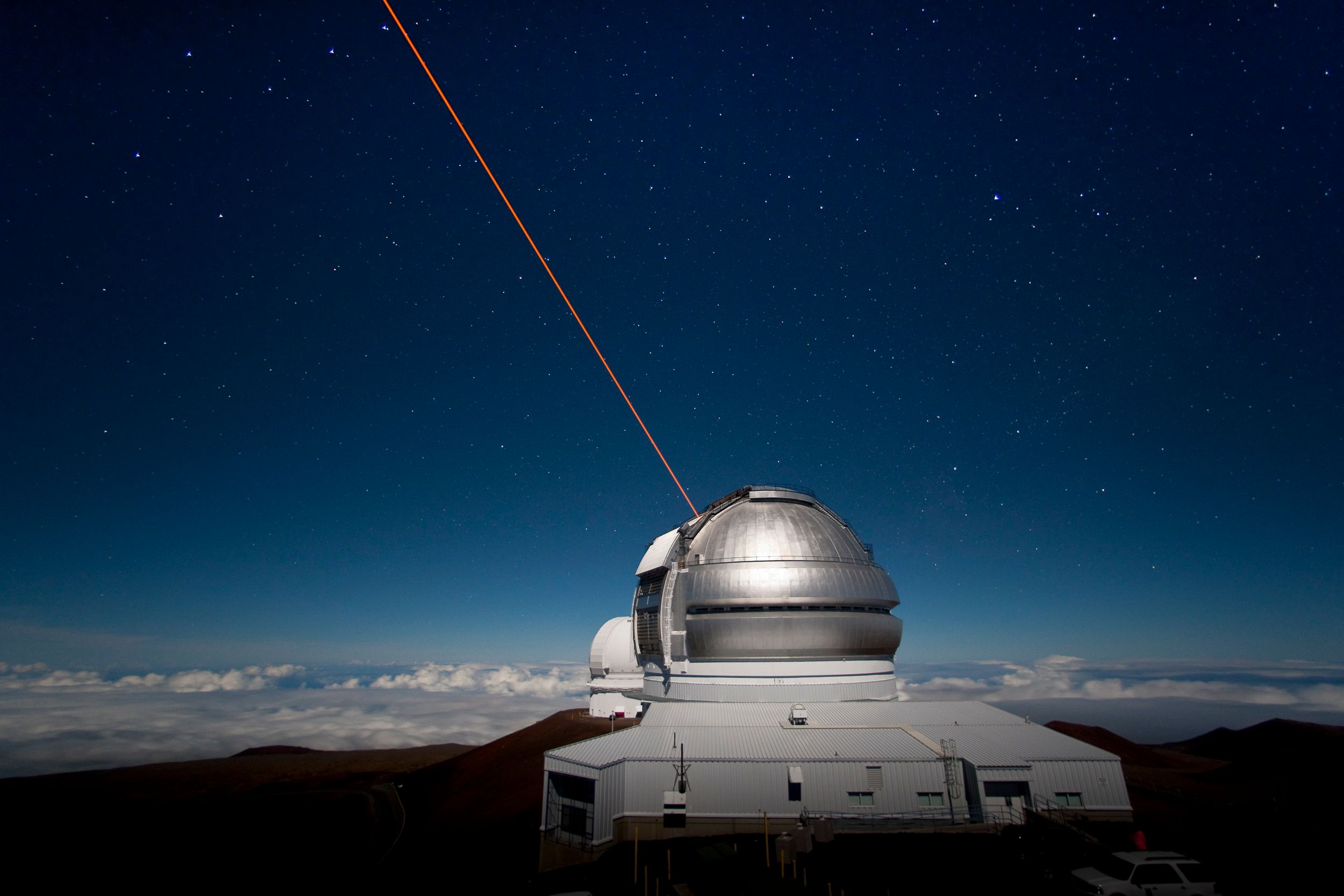
You may have visited Seven Wonders of the Ancient World for several times or have seen them on the web. Well, have you ever seen the wonders of the Solar System?
Of course not. Because, on this vast cosmos, we are just a minuscule living being on this planet Earth. For thousands of years of human civilization, humanity was stuck on this green planet. Freed from living in a close system.
Today, at this 21st century we know our universe more than ever before. Our model on understanding cosmos updating every moment at a rapid rate. Technological advancement reshaped our reality. Now we have hundreds of satellite and space probe in outer space searching for an answer to our all questions.
This time I would like to take you on a journey to eight of the most breathtaking views that await intrepid explorers of our solar system. The scale of the natural wonders dwarfs anything Earth has to offer.Interpreting data from probes such as NASA's Cassini and MESSENGER we are going to see what we might see and feel if we could travel to these distant domains. We might see some of them through the eye of some artists.
1: THE RINGS OF SATURN
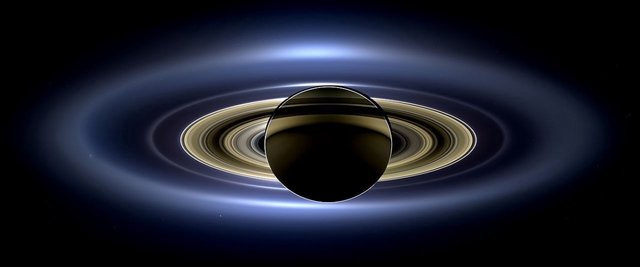

Now imagine, you are cruising in the troposphere of Saturn under the most magnificent ring structure in the solar system. Few sights are more astounding. The white, icy rings soar 75,000 kilometers above your head. Ring shine illuminates everything around you. Saturn is the sixth planet from the Sun and the second-largest in the Solar System. At least 62 moons are known to orbit Saturn, of which 53 are officially named. More than 30,000 kilometers below you, with pressures no human-made thing could survive, is a global ocean of liquid metallic hydrogen. There will be no landing on this planet.
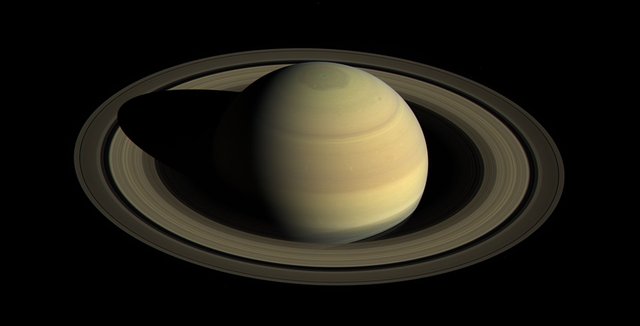
2: VALLES MARINERIS, MARS
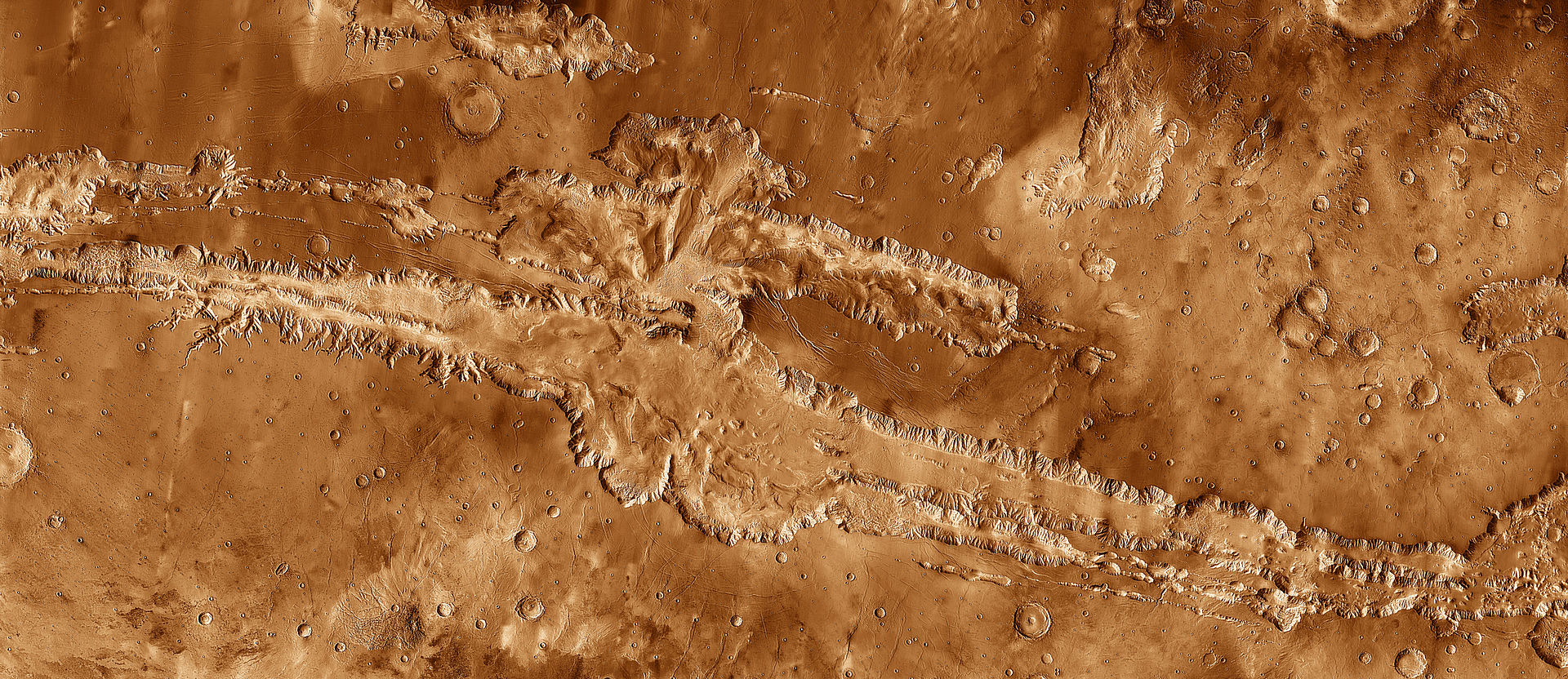
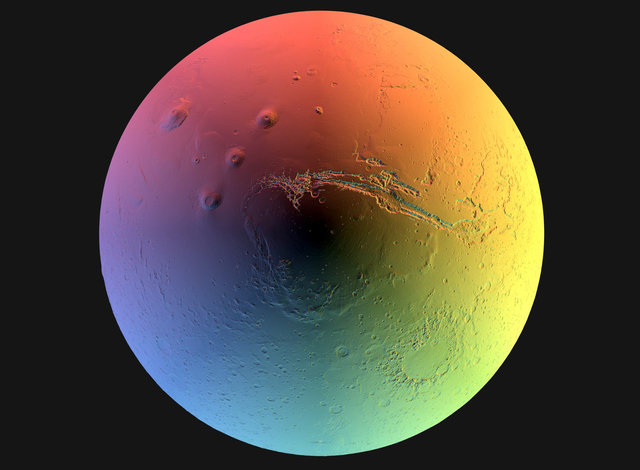
At almost six and a half kilometers deep and so wide that in some places you would have to strain to see the other side, this gigantic tectonic crack would span the U.S. from New York to California all most a quarter of the way around the planet, so that sunrise at one end happens
six or so hours before sunrise at the other. Water once ran through large segments of this expanse.
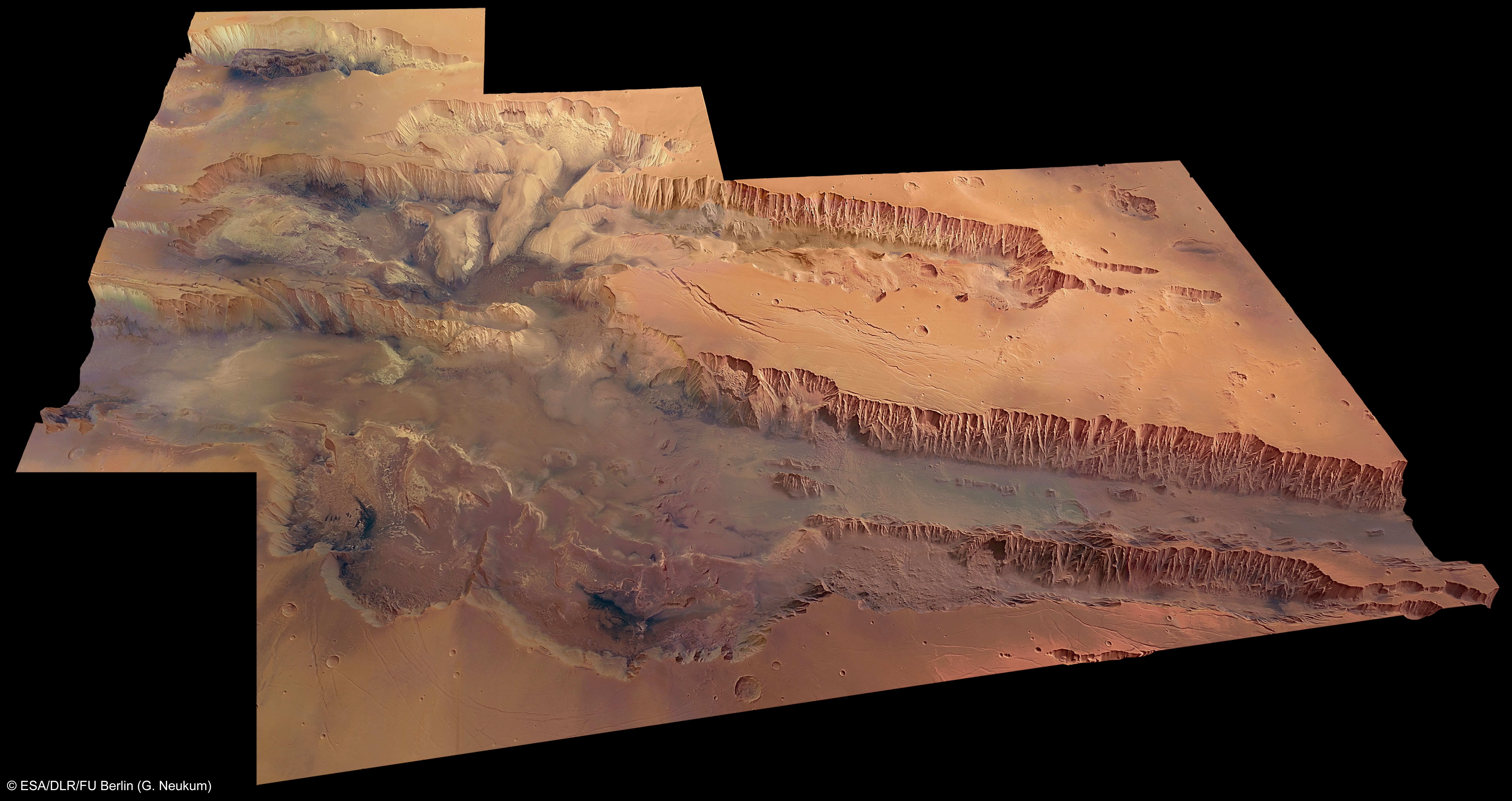
3: THE GEYSERS OF TRITON
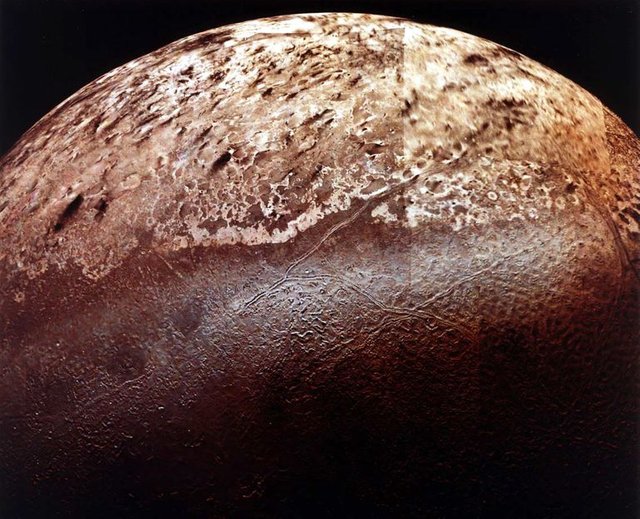
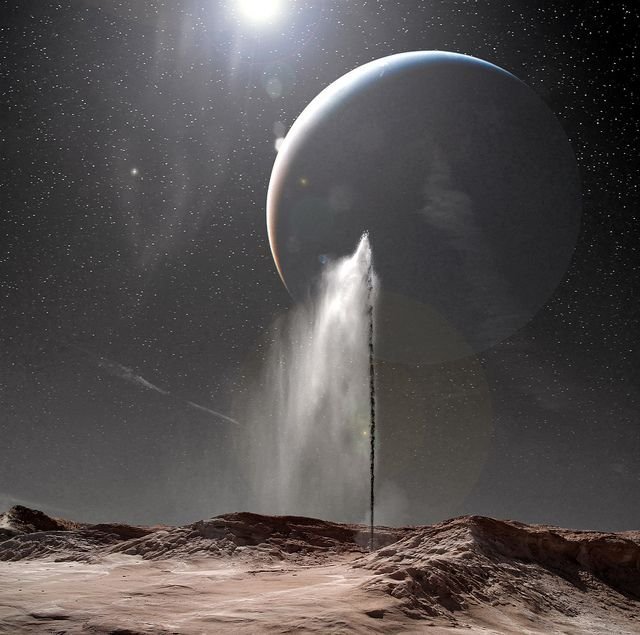
Neptune's moons, Triton, could be treated to an array of cryo_geysers that are probably composed of nitrogen frost and dark organic compounds. The smoky-looking geysers might be heard from kilometers away as they stream more than 8,000 meters into the thin atmosphere before their tops are whisked away by prevailing winds. Methane and nitrogen ice cover this world whose surface temperature plummet to almost –200 degrees Celsius.
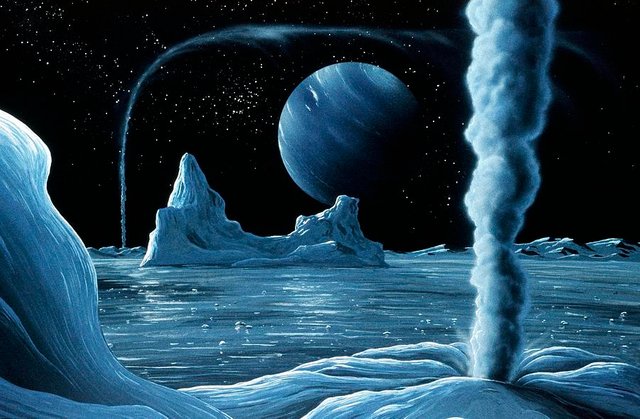
4: JUPITER’S RED SPOT
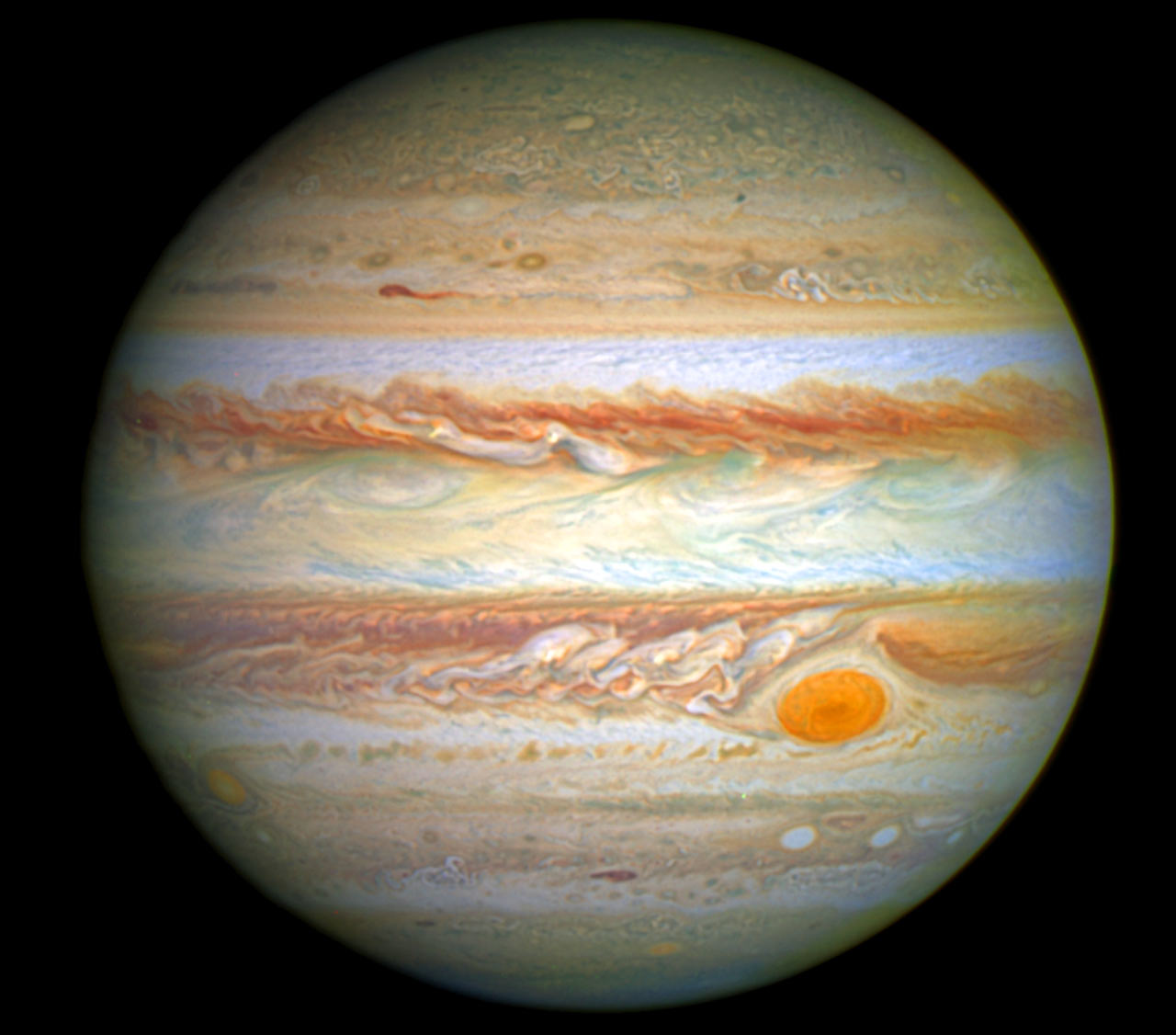
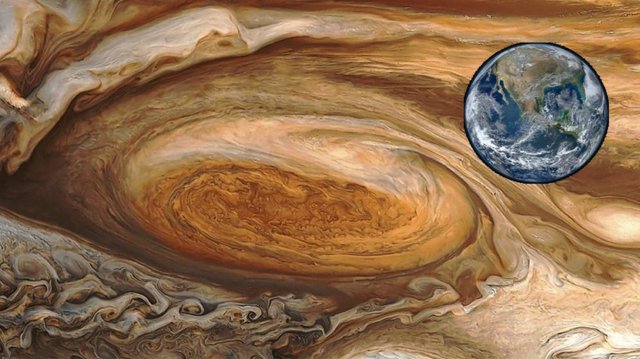
The sheer scale of the solar system’s largest anticyclone is difficult for any traveler to grasp. From any vantage point, only a small part of Jupiter's Great Red Spot can be seen. It rises at least eight kilometers above the surrounding clouds. Lightning bolts that could pulverize a city crackle at its base into the lower clouds. Winds at the outer edge of the anticyclone swirl at more than 400 kilometers an hour. The spot completes a full counterclockwise rotation once every seven days. The turbulence created by this mega storm is brutal, the sound, deafening. At least two planets the size of Earth could fit inside this monstrous storm, which has been spinning in Jupiter's southern hemisphere for at least 400 years. There is no sign that it will stop.

5: THE GEYSERS OF ENCELADUS
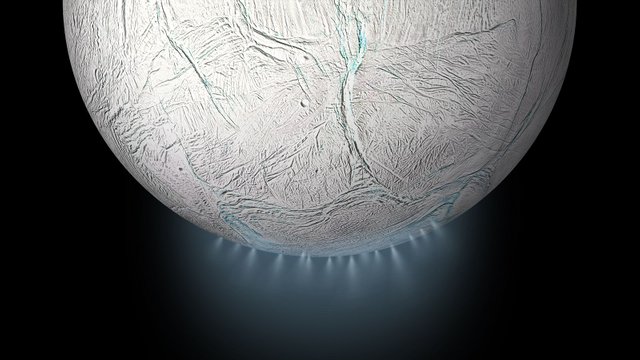
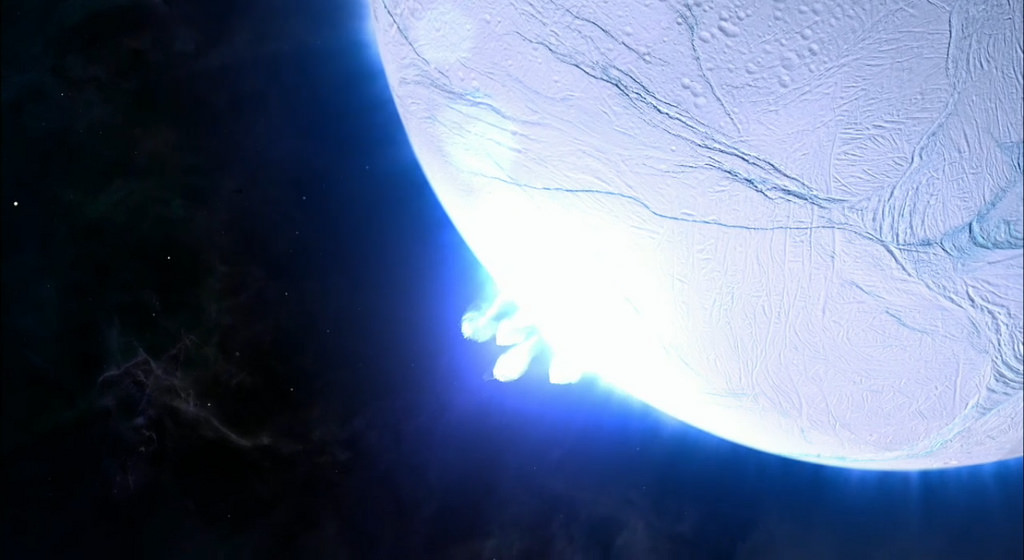
Enceladus is one of the major inner satellites of Saturn. It orbits at 238,000 km from Saturn's center and 180,000 km from its cloud tops. If we take a trip here, you will feel it before you see it, an ominous rumble beeth your feet. There is no sound here. And then the eruption comes: two huge ice plumes explode through the surface of Enceladus, spewing ice crystals into space at more than 1,600 kilometers per hour. The silent violence is lit by our distant sun. With just 1/16 of our own moon’s gravity, Enceladus, Saturn's sixth-largest moon, will not be an easy world to tread on; hikers may need to strap on jetpacks and take care to avoid the valleys that give birth to the powerful geysers.
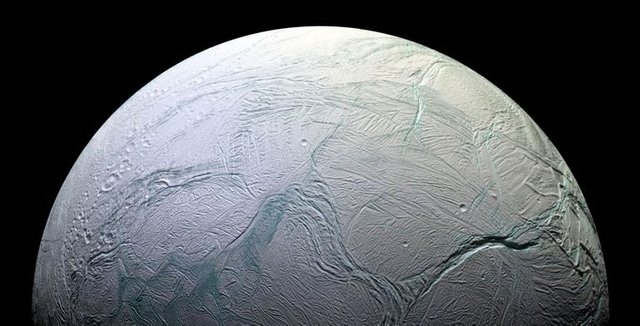
6: SUNRISE ON MERCURY
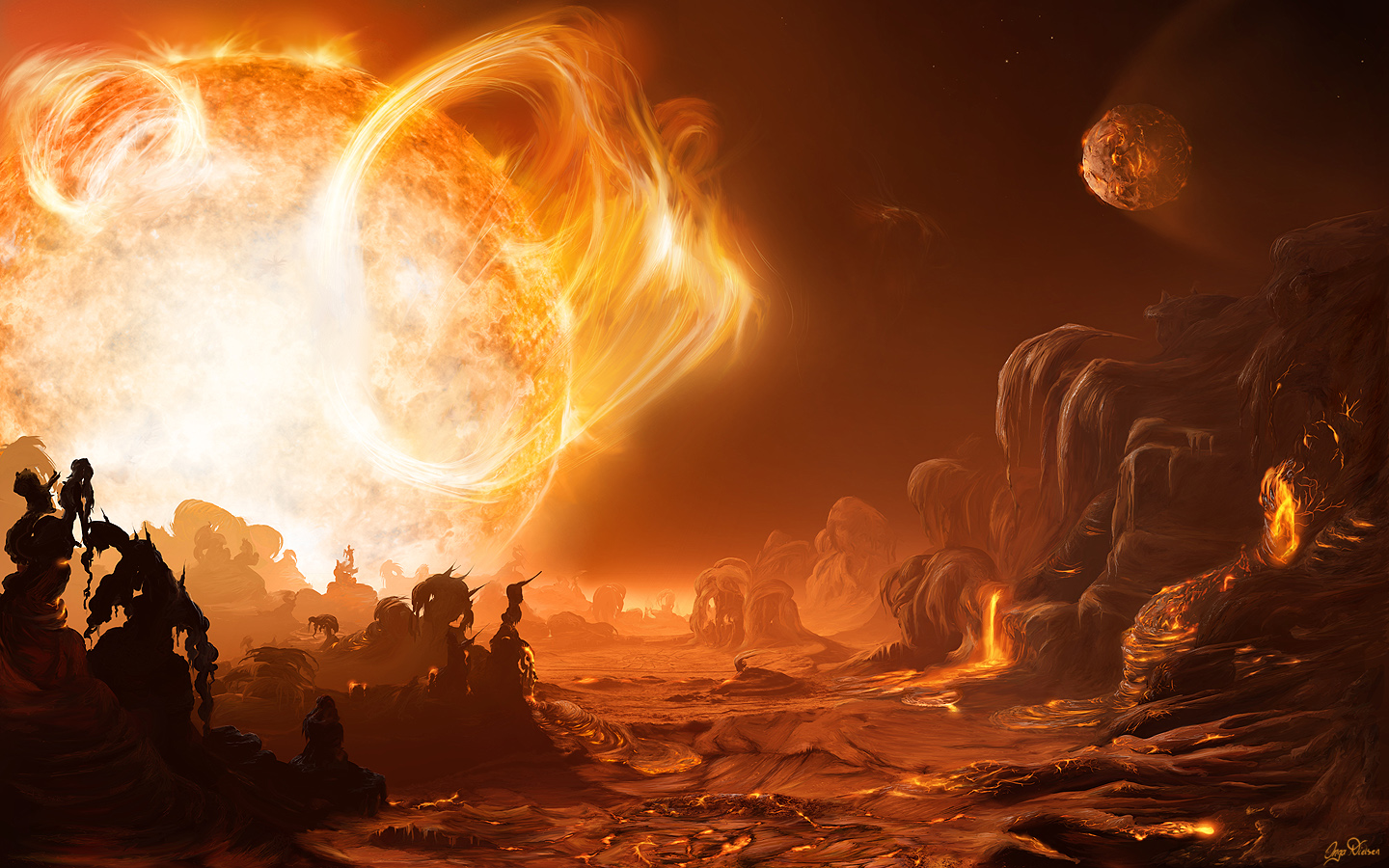
Sunrise and sunset on Mercury are spectacles to behold. Two and one-half times larger in the sky than seen on Earth, the sun appears to rise and set twice during a Mercurian day. It rises, then arcs across the sky, stops, moves back toward the rising horizon, stops again, and finally restarts its journey toward the setting horizon. These aerial maneuvers occur because Mercury rotates three times for every two orbits around the sun and because Mercury’s orbit is very elliptical.
Just imagine, with the right temperature control what a spectacular pastime that could be on that planet!
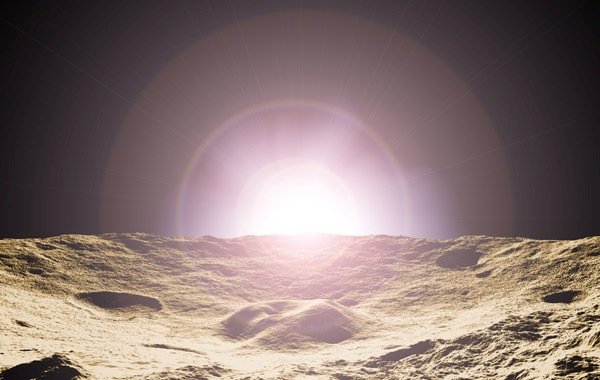
7: PEAKS OF ETERNAL LIGHT
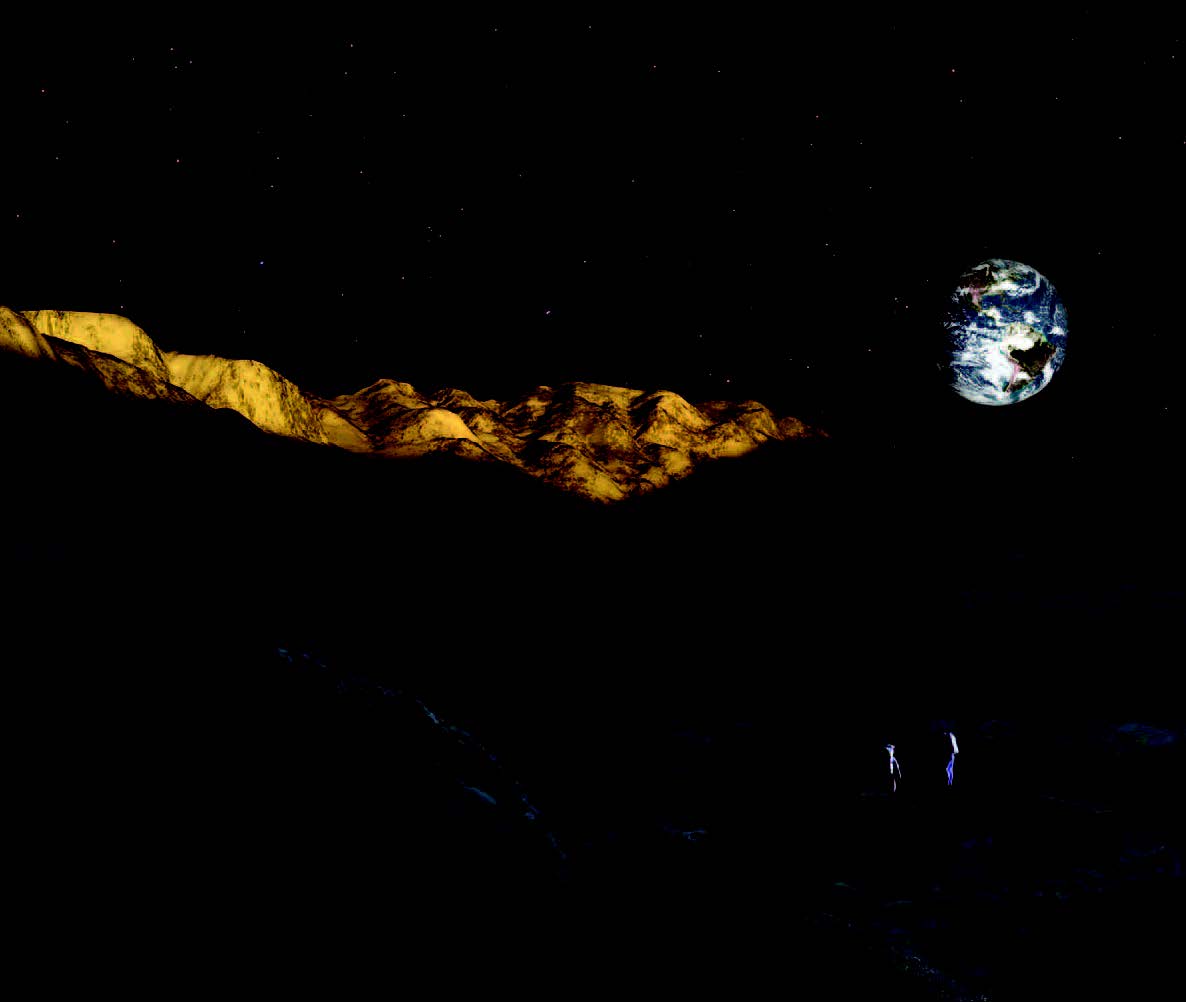
Not far from home, on our own moon, a unique condition exists (UP). Discovered in 1994 on Peary crater near the north pole, the so-called peaks of eternal light are the only known region in the solar system where the sun never sets. This unusual condition arises because the moon’s rotational axis is barely tilted relative to the plane of its and Earth’s orbit around the sun. Certain to become a tourist attraction, this site may one day also house the first moon base. Temperatures in the area fluctuate comparatively little, perhaps by 20 degrees, making it an ideal place to settle. The possibility of water ice here is an added bonus.
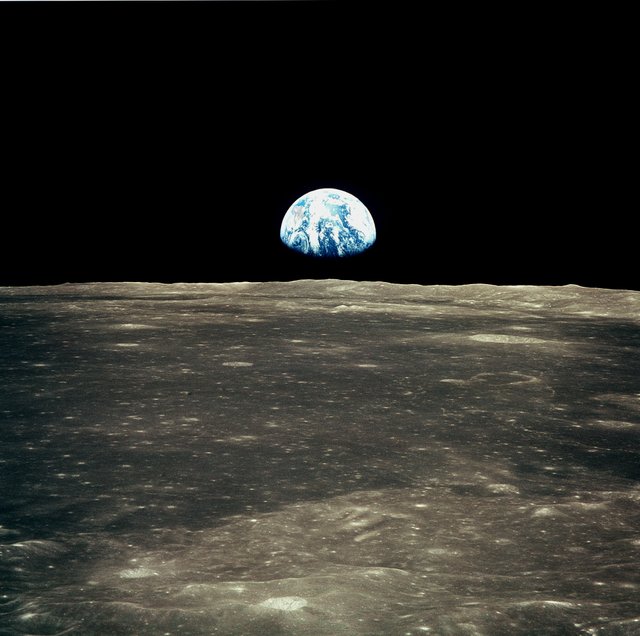
8: HERSCHEL CRATER ON MIMAS
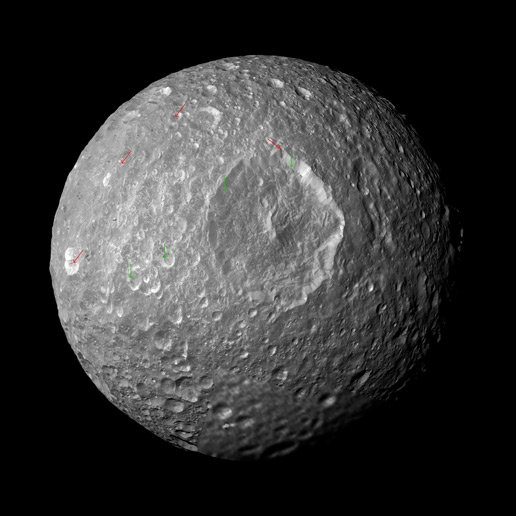
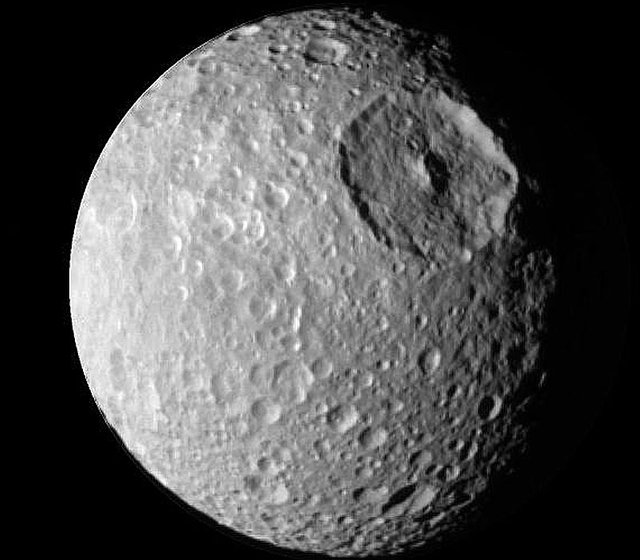
Adventurous climbers who ascend the peak at the center of Herschel crater on Saturn's moon Mimas will find themselves more than 6,000 meters above the basin’s floor. Surrounded by the crater walls, which rise to almost 5,000 meters, and with Saturn setting in the background, travelers might wonder how Mimas survived the impact that formed this 13-kilometer-wide depression, which is almost a third of the satellite’s diameter.
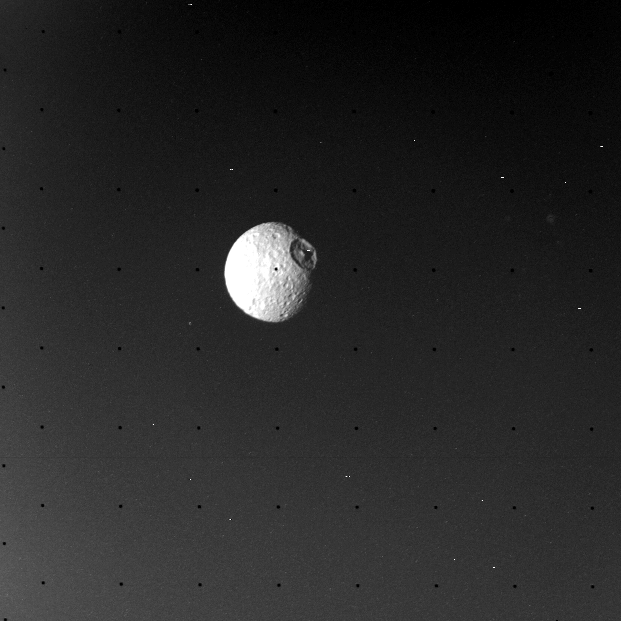
Images and sources are from-
https://apod.nasa.gov/
https://saturn.jpl.nasa.gov/
https://www.nasa.gov/mission_pages/messenger/
Thanks, that's all for now.

Awesome post! I love this stuff. Not enough of it on Steemit. Great new information I've now taken in.
Yeah, I noticed that also. There is literally no good or too few contents about Physics or other science topics in this platform.
keep your curiosity alive!
Any advice?